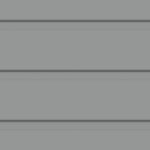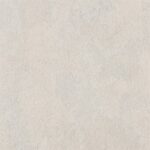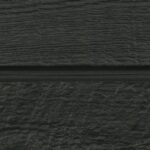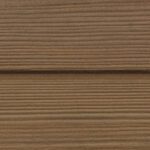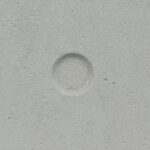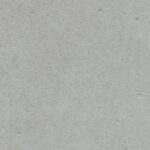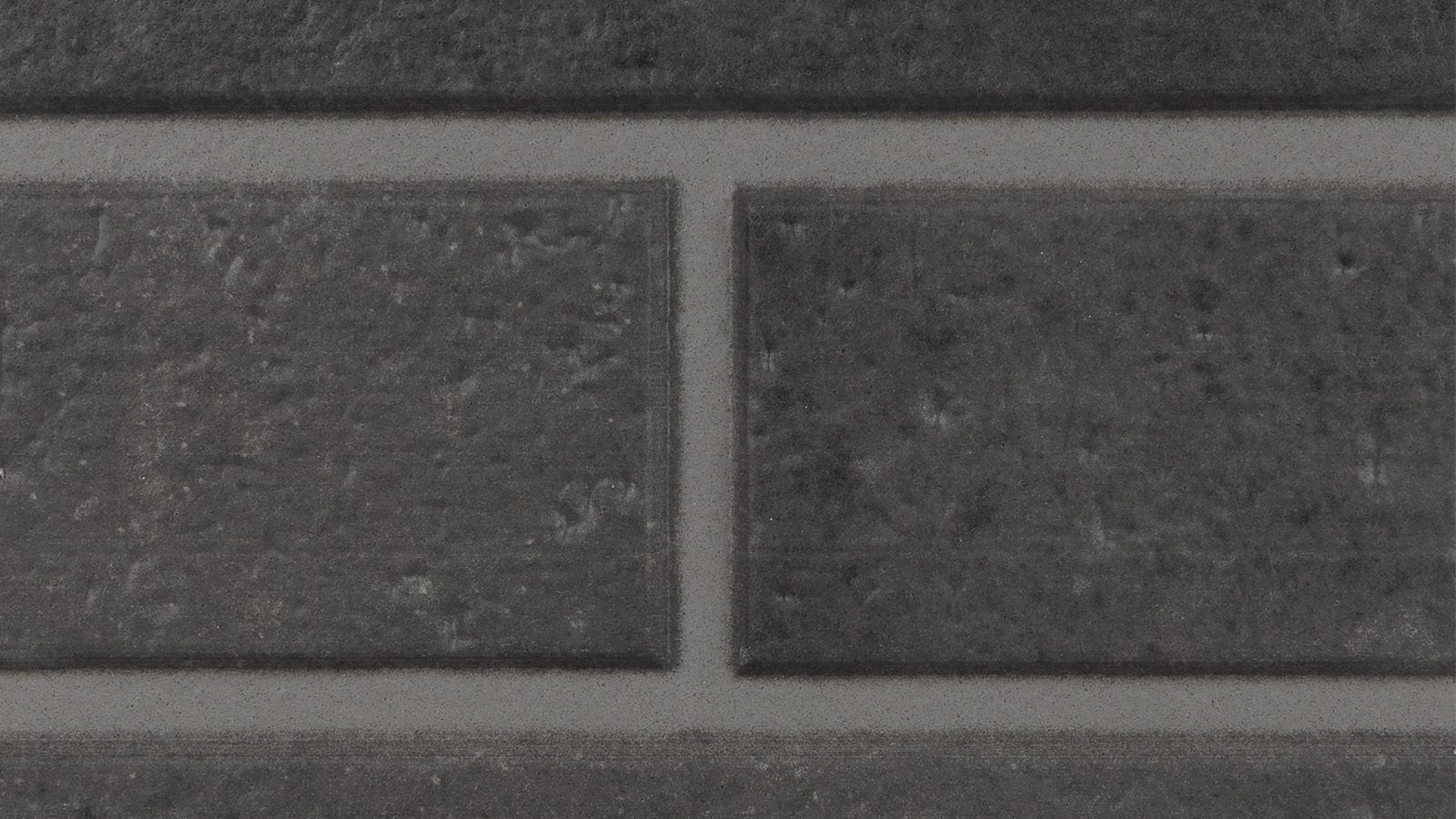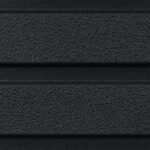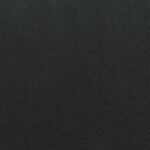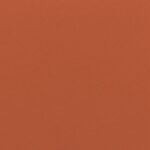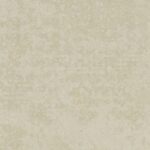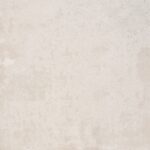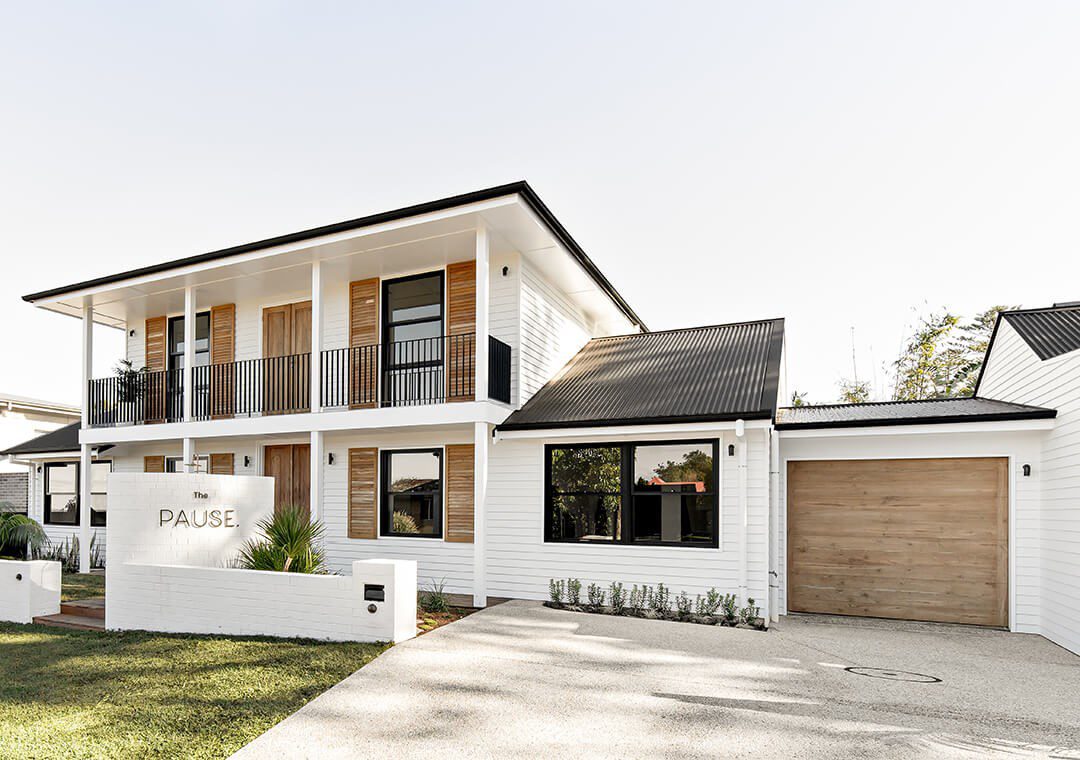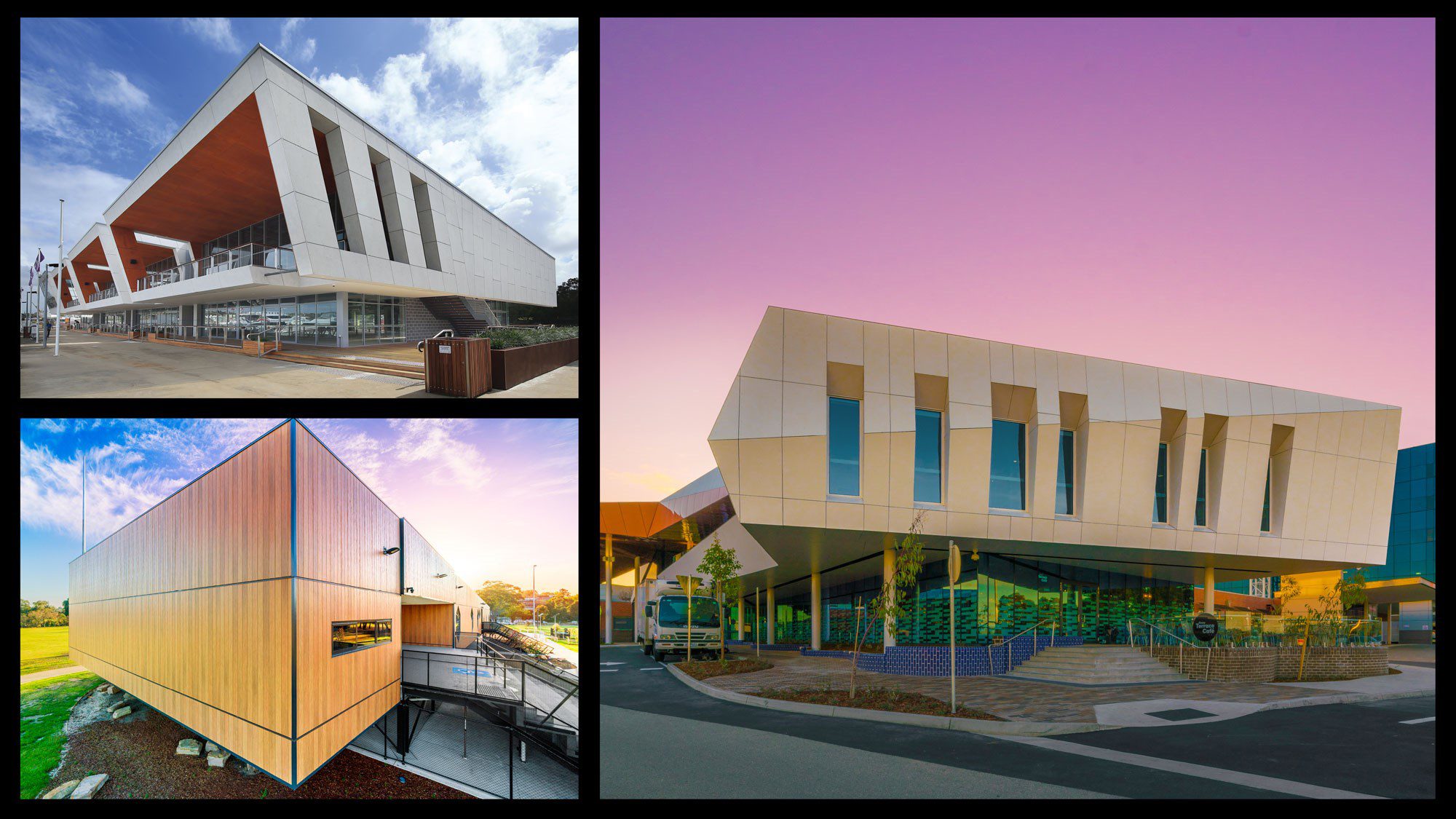Apartment Facades to stand out from the crowd.
Browse our range of Facade products below
Cladding for apartment building facades
It helps architects to have a broad palette of colours and finishes to draw from when designing apartment building facades. They want to tailor designs to their surroundings and create a strong streetscape presence.
In the case of developments with multiple residential buildings, they want to give each building its own identity. Within a design theme set by the overall development.
The core of Cemintel’s apartment cladding range is pre-finished panels with expressed joints. Expressed joints help break down the scale of modern facades. Full size panels suit the scale of large walls. With smaller walls, that need more detail, panels can be cut down.
Designers can enhance multi-residential facades with both proportion and colour. Surround panels are available in a range of neutral colours which are an easy fit with most designs. The secondary colour palette features bold playful colours. These are great for adding pops of colour to interesting design features. There’s also the option of a concrete look with Barestone Cladding. It provides designers with a way to get a concrete look without the expense and mess of formed concrete.
An alternative to express joint panels comes from Cemintel’s Territory range. The cladding format is tongue and groove panels with concealed fixings and an effective width of 455mm. The joints blend in with the profiles of the Woodlands, Ridge and Canyon façade cladding ranges. The Quarry and Savana cladding products have a long, wide panel aesthetic where the shiplap joint is expressed.
They come in an incredible range of colours and textures which include 10 grained timbers, cast concrete finishes and some ambiguous textures which are reminiscent of materials like hammered metal and finger tile mosaics.
One of the main benefits of using lightweight panel cladding is to speed up the façade construction process.
Sort
Frequently asked questions
-
What types of materials are used for apartment cladding?
Apartment facades can be cladded in a range of heavy and lightweight materials.
- Fibre Cement cladding offers the look of concrete, render and other materials. It has proven and low maintenance characteristics. It comes in a variety of textures and colours to durability suit different design styles.
- Cement bonded fibrous wood particle boards, as used in the Cemintel Territory range, are like fibre cement. They offer textures which are pressed into the surface. Being prefinished with a multi-layer paint process gives them the appearance of raw timber, cast concrete, hammered metal and other finishes.
- Glass curtain walls are often used on office buildings to create transparent and semi-transparent facades. They look sleek, modern and flood interior spaces with light.
- Brick veneer is a traditional and timeless facade material. It’s one of the most durable and low maintenance facade materials available.
- Concrete is a minimalist, and sometimes brutalist, cladding material that’s also structural. It can be formed on site or made into precast panels.
- Metal panels provide a sleek, industrial aesthetic. However, aluminium panels with a polyethylene core should be critically reviewed due to safety concerns regarding their level of combustibility and flame spread properties.
- Stone veneer provides a timeless, textured look to apartments.
- Terracotta panels are durable and can achieve a modern yet rustic façade appearance.
-
How long does apartment cladding typically last?
Buildings mature at varying speeds. According to a building façade restoration company in Sydney, Australia most façade materials can last up to 20 years. The industry standard for product warranty periods is 10 years.
-
What safety considerations should be taken when cladding an apartment?
The fire performance of cladding in apartment building facades is important. Cemintel fibre cement is a deemed to satisfy non-combustible solution in accordance with the requirements of the National Construction Code (NCC). To find out more, read Cemintel’s guide on the Fire Performance of Cemintel Barestone External Panels.
Façade cladding should also deliver high weather performance and moisture management for healthier, more breathable buildings. It’s a good idea to install cladding as part of a Pressure Equalised Vented Cavity System. It’s easy to install and delivers performance benefits.
In a pressure equalised system, a cavity is formed between an air barrier and the back of the cladding panels. Openings around the base and top of the façade allow for pressure equalisation. This promotes air circulation and drainage that provides a drying benefit. This system reduces the risk of moisture penetration and build-up.
Other applications
Inspire
Latest topics, projects and people that help shape architecture, design, building and construction.
Speak to an expert
Simply complete the form to get in touch with one of our Cemintel experts.






